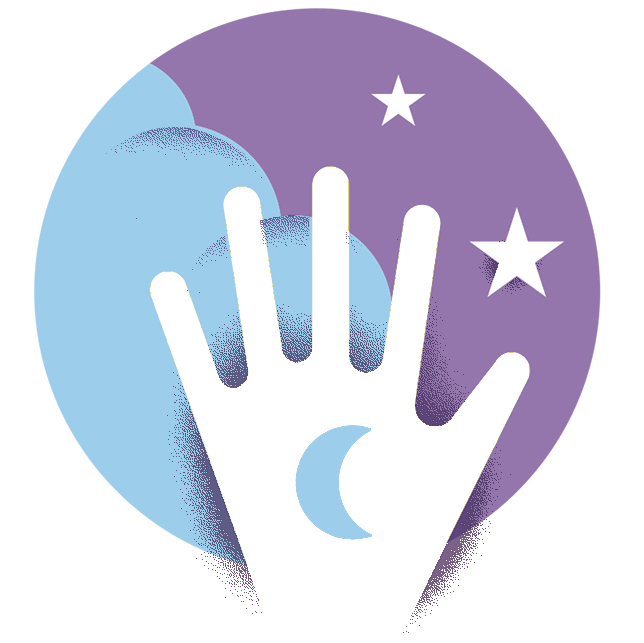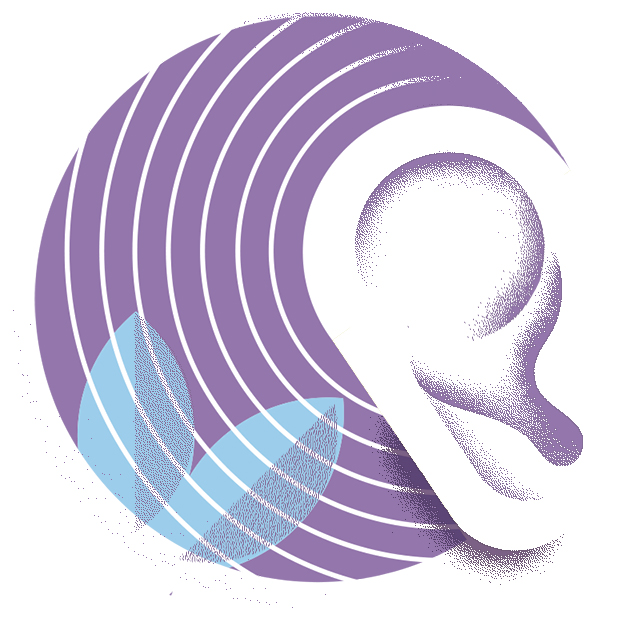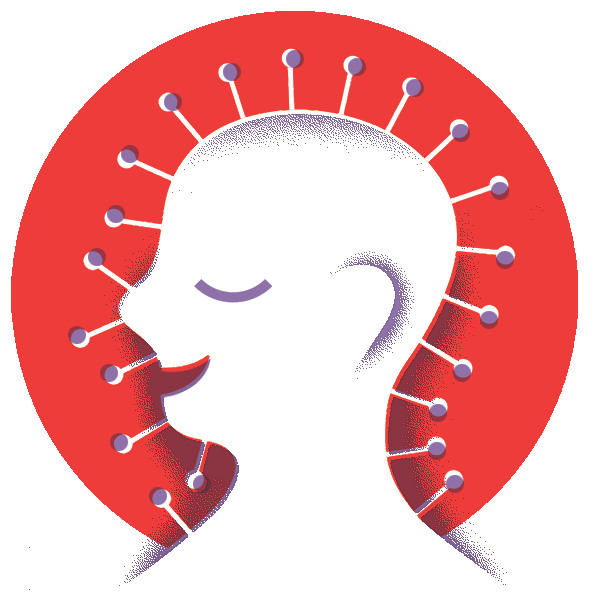A guide to alternative healing in Atlanta
Do alternative therapies really work?
We tested five and sought out some expert opinions
Do alternative therapies really work? Our testers reviewed five popular treatments—and to weigh in on the science behind them, we looked to Dr. Sharon Bergquist, an assistant professor of medicine at Emory School of Medicine and head of research at Paul W. Seavey Internal Medicine Clinic.

Cupping
Try: Massage therapist Christine Legnon, who works out of Midtown’s Urban Body Studios. $100/hour, christinelegnon.com
What is it? This 2,000-year-old Chinese massage technique uses cups to create suction and lift connective tissue. It is said to improve blood flow to muscles, reduce inflammation, break up scar tissue, and help the lymphatic system release fluids.
Our review: Legnon moved the cups along my muscles, never lingering long enough to cause pain or create a bruise (à la Michael Phelps). When I left, my shoulders and quads felt loose and limber.
Science says . . . There is promising evidence in favor of cupping for various pain conditions, including low back and neck pain, but more rigorous, better-quality studies are needed. —Christine Van Dusen
 Reiki
Reiki
Try: Dana Young of Dragonfly Reiki, inside Decatur’s Gibson Chiropractic. $75 per hour, dragonflyreiki.net
What is it? Reiki (pronounced “ray-key”) traces its roots to early 1900s Japan. Adherents say the use of light touch rebalances the body’s energy, and that it promotes relaxation, reduces stress, and alleviates emotional distress.
Our review: I’m not sure if it was the comfortable massage table, the music, or the treatment itself, but I left deeply relaxed. The typical tension I keep in my jaw and back had vanished.
Science says . . . Reiki has been studied for various health benefits, but there is insufficient evidence to suggest that it is an effective treatment for any condition. —Kelly Jordan
 Flotation therapy
Flotation therapy
Try: Flo2s in Little Five Points. $75 for 90 minutes, flo2s.com
What is it? Isolation tanks allow users to float weightlessly in salt-dense, body temperature water inside a soundproof, light-free personal pod. Some say it reduces stress and provides relief for chronic pain.
Our review: Given the pop culture precedent (i.e. Stranger Things), I was half expecting a hallucinogenic trip. Instead, I tuned in to my own creativity, and by the end I felt relaxed and renewed.
Science says . . . A few small studies have found flotation therapy to effectively treat stress-related muscle pain and reduce anxiety and depression, but the research is limited. —Kate Abney
 Sound massage
Sound massage
Try: Jon Adams at Decatur Healing Arts. $50 for 45 minutes, decaturhealingarts.com
What is it? During this treatment, a practitioner utilizes a set of Tibetan singing bowls (bronze bowls that produce a harmonic melody when struck) to invoke calm, reduce stress and anxiety, and relieve tension.
Our review: Speakers affixed to the massage table produced a light vibration down my back. It provided a sense of calm, but I yearned to have the kinks in my shoulders kneaded out.
Science says . . . Music therapy has shown anxiety-reducing effects for people with various conditions, such as cancer, and those at the end of life. But more research is needed. —Kelly Jordan
 Acupuncture
Acupuncture
Try: Intown Acupuncture. $170 to $195 for 90-minute consultation and treatment, intownacupuncture.com
What is it? This ancient Chinese practice of inserting tiny needles into different parts of the body is said to treat a variety of issues and ailments, from infertility and migraines to insomnia and allergies.
Our review: Needles were inserted into the top layer of skin along my spine. Discomfort was nonexistent. The immediate results weren’t dramatic, but I was told that relief comes over time.
Science says . . . Acupuncture has been shown to provide short-term relief for low-back pain and headaches. Still, some studies show sham acupuncture to be just as effective. —Caroline Cox
Illustrations by Andrew Colin Beck






![The North Carolina Museum of Natural Sciences’ newest exhibit is a [pre]historic first](https://cdn2.atlantamagazine.com/wp-content/uploads/sites/4/2024/04/DD-3-100x70.jpg)


